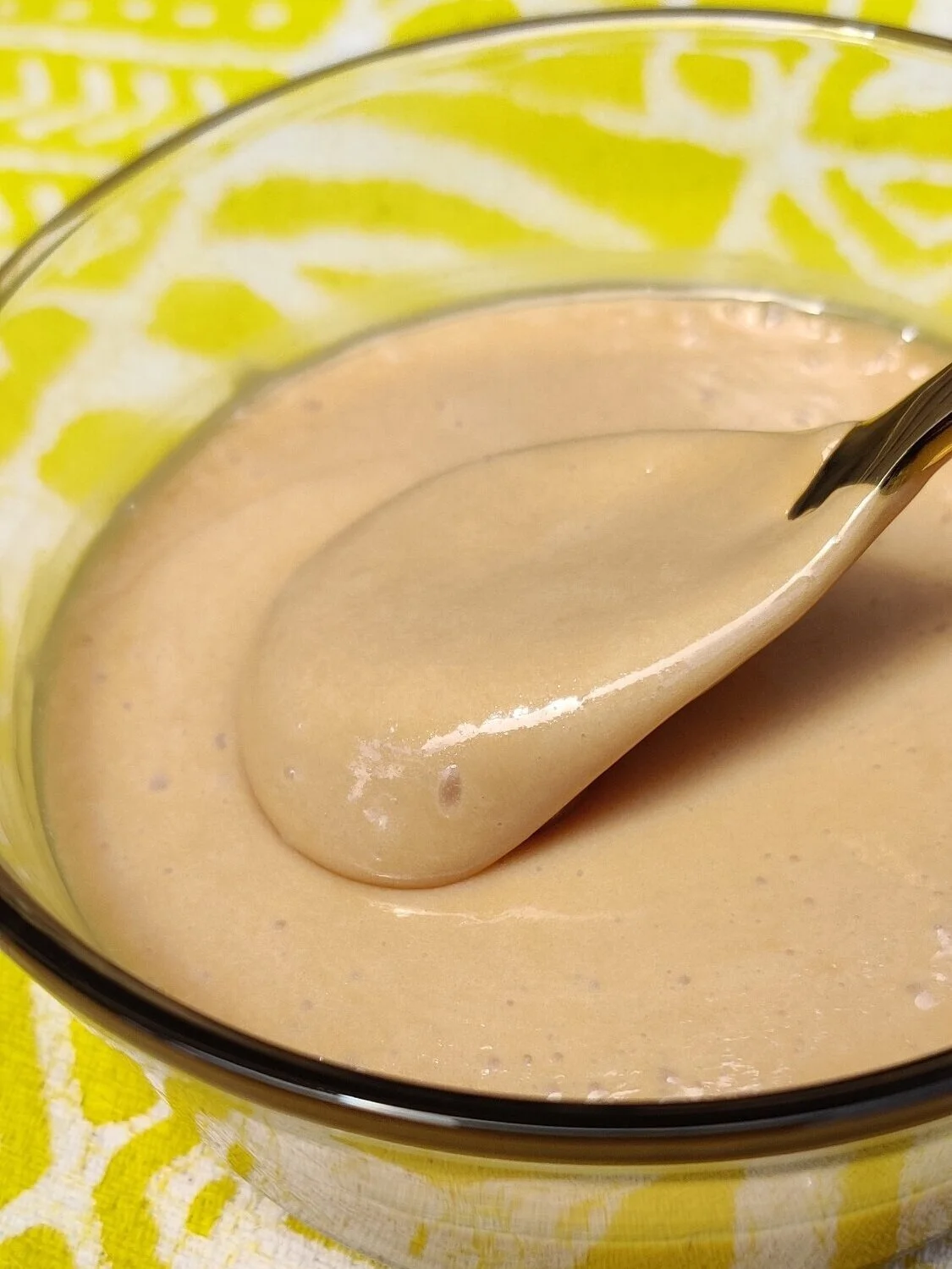Chapati (East African)
Chapati is one of my favourite unleavened flatbreads! I love the taste and the flakey layers - which is a result of coiling up the dough and rolling it out flat before cooking.
To clarify, when I say East African I'm talking about an entire region. Countries including Kenya, Burundi, Rwanda, Somalia and Uganda have their nuances, with the final result comparatively close to it's original version out the Indian subcontinent, differing in the way the bread is prepared.
I made this recipe to pair with a mashed kale stew, but it's handy to have for curries or as a side for a variety of other dishes.
Ingredients
1 cup whole-wheat flour (you can also use all-purpose for all the flour)
1 cup all-purpose flour + extra for dusting the surface
1 teaspoon salt
2 tablespoons olive oil or ghee + extra for brushing the chapatis
3/4 cup hot water
Instructions
In a large bowl mix the two flours and salt.
Using a wooden spoon or spatula, mix in the oil followed by the water in two parts, until a soft dough forms. The dough should be elastic in its consistency (don’t shirk on the oil/ghee to avoid dry chapati).
On a floured board, knead the dough for about 10 minutes and divide it into 8-10 parts depending on the size of chapatis you want. Rest the dough for 10 minutes.
One at a time with a lightly floured rolling pin, roll each dough out from the centre out round like a tortilla (but not too thin, you want some thickness).
Brush each side with a bit of oil/ghee, then press into some flour on a plate on both sides and shake off the excess.*
In a hot, non-stick pan, cook the chapatis for at least 30 seconds and some brown spots start to appear before you flip over.
*If you want to create flakey, layers inside the chapati, take these additional steps!
Fold each dough back and forth like a piece of paper, then roll into a coil - see the picture above. You can also roll them up tightly like a carpet before coiling. Leave the dough covered under a damp towel for about 30 minutes.
After the dough rests, press down lightly with the rolling pin and roll them out again.
Brush each side with a bit of oil/ghee, then press into some flour on a plate on both sides and shake off the excess.
Cook as described above.
Serve chapatis warm and store tightly wrapped up to prevent them from excessively drying up.










